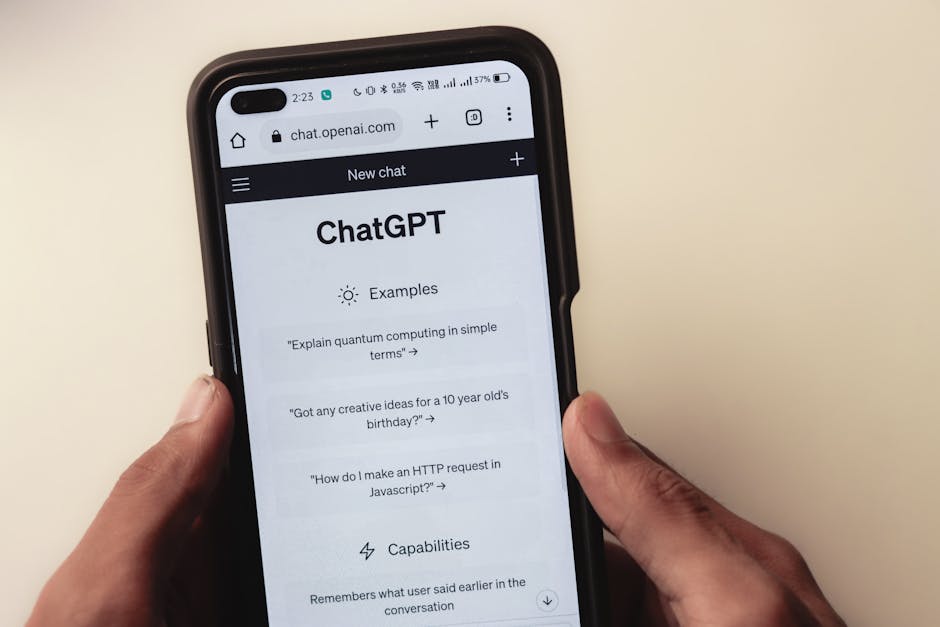Amazon has unveiled AI-powered smart glasses designed to supercharge its delivery workforce—effectively turning drivers into high-efficiency, algorithm-guided “cyborg drones.” Dubbed Amazon Vision, the futuristic eyewear overlays real-time navigation, package tracking, and customer data into the wearer’s field of view, blurring the line between human labor and machine precision.
How Amazon’s Smart Glasses Work
The sleek, wraparound sunglasses hide cutting-edge tech:
– Augmented Reality (AR) Displays: Turn-by-turn directions, traffic alerts, and highlighted delivery addresses.
– Instant Barcode Scanning: Identifies packages without handheld devices.
– Dynamic AI Routing: Adjusts paths in real time based on traffic or last-minute customer notes (e.g., “Leave at back door”).
– Optional Facial Recognition: Verifies recipients for high-value deliveries (sparking privacy debates).
Amazon claims the glasses reduce driver stress by minimizing phone use and streamlining workflows. But critics argue they represent a darker shift toward algorithmic control over workers.
Cyborg Workforce or Overreach?
Labor groups warn the glasses could erode autonomy, with features like:
– Fatigue Sensors: Monitor blink rates and alert supervisors if drivers seem tired.
– Always-On Cameras: Record surroundings, raising surveillance concerns.
– Alexa Integration: Logs voice commands, adding to data privacy risks.
“This isn’t about control—it’s about support,” says Amazon. Yet, the glasses amplify questions about worker rights and digital surveillance in the gig economy.
Privacy Backlash and Regulatory Scrutiny
Digital rights advocates demand transparency, citing:
– Street and Home Recording: Could Amazon’s cameras capture unintended footage?
– Data Storage: How long is AR footage kept, and who accesses it?
– Hacking Vulnerabilities: Always-connected devices risk breaches.
While Amazon insists data is anonymized, skeptics compare it to dystopian sci-fi—where workers become bio-mechanical extensions of corporate systems.
The Future: Efficient or Exploitative?
Amazon Vision follows similar AR experiments by UPS and DHL, but its AI depth and scale push boundaries. If adopted widely, it could slash delivery times—but normalize a workforce governed by machines.
Currently in pilot testing, the glasses may soon outfit thousands of drivers. Is this innovation or intrusion? The answer depends on who you ask.
One thing’s clear: The cyborg delivery era has begun.




